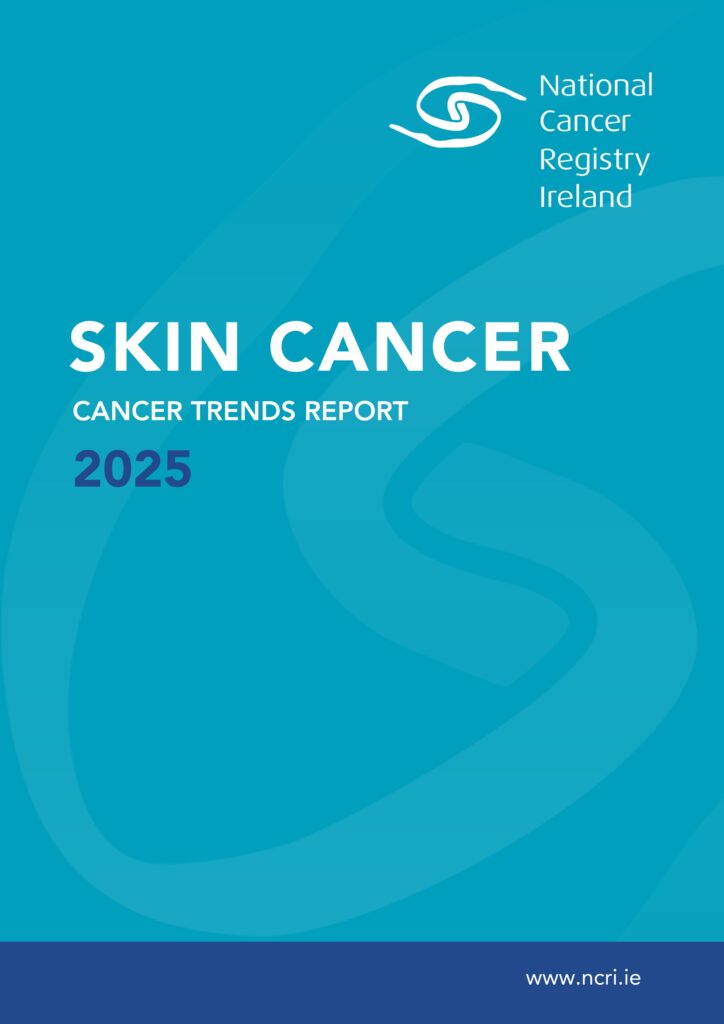The government and HSE leadership must resource hospitals adequately to deal with predicted demand
Hospital waiting times for dermatology patients are now the fourth-longest, after ENT, Orthopaedics and Ophthalmology, according to figures from the National Treatment Purchase Fund (NTPF).
“The waiting time situation has sharply disimproved in the past 14 months”, according to the ISF’s David McMahon, “some adult patients have to wait two years while some children are on three-year long waiting lists. Three years waiting effectively means that you have no real access to services.”
According to NTPF figures in March 2017 there were 34,304 patients on the dermatology waiting list, this rose to 41,852 in May 2018; a 22% increase in waiting list in just 14 months.
“Routine waiting times were typically 12-18 months, in March 2017 just over 7,000 people expected to wait for 12+ months, however by May this year figures rise to 11,053 – this is 57% increase and a matter of deep concern.”
“The pressure of an ageing population, increased rates of skin cancer and an increasing need for specialist management of chronic skin diseases is placing huge pressure on services”, he warned, adding that it is important to remember that these figures do not take into account children under-16 years of age.
“A complete rethink of resourcing is needed to substantially beef-up dermatology services across the country. This is not just about more doctors, it’s about nurses, laboratories, histologists, equipment, administrative staff and appropriate clinic space: the full spectrum of specialist resources we need to operate a good hospital service, fit for the needs of Ireland’s population.”
The ISF has argued that service planning and development must provide sustained investment for consultant dermatology posts (to increase numbers of consultant dermatologists from 46 to 74, i.e. from 1 per 100,000 population, to 1 post per 62,500), dermatology clinical nurse specialists and advanced nurse practitioner roles, along with the necessary administrative support.
“At present access to the appropriate information, expertise and treatment is rationed. Many people with skin disorders, who need to see a consultant dermatologist, need to have their condition managed long-term – a one-off NTPF appointment in Belfast or in England is no use to someone living with a chronic skin disorder, they need reasonably convenient access to services in Ireland.”, he added.
The Dermatology Clinical Programme hopes to advance a new five-year Model of Care for dermatology services in the coming year. The ISF says that it will be lobbying for improved services and resources for patients once the plan is formally adopted by the HSE.
Find out more about out advocacy work.
If you need guidance or support about managing a skin disorder, contact the ISF Helpline for free assistance and information.












